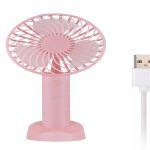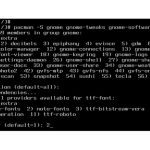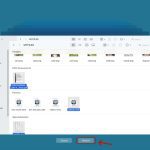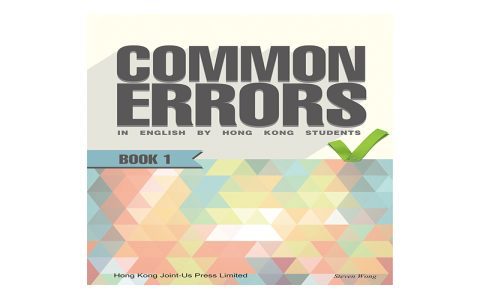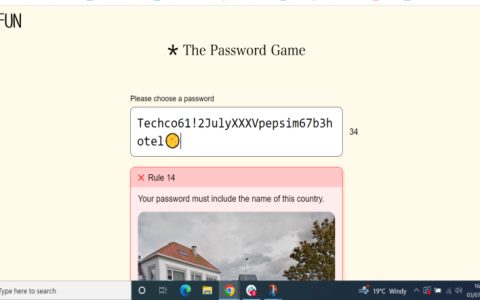Mastering Word's Find and Replace feature is key to efficient editing. Follow these focused techniques:
Access the Core Tool
Press Ctrl+H (Windows) or Command+Shift+H (Mac) to open the Find and Replace dialog instantly.
Basic Text Replacement
- Find what: Enter the exact text sequence.
- Replace with: Enter the desired new text.
- Use Replace to change instances individually; use Replace All for global changes after careful verification.
Harness Wildcards for Complex Patterns
Enable "Use wildcards" in the dialog's More >> options.
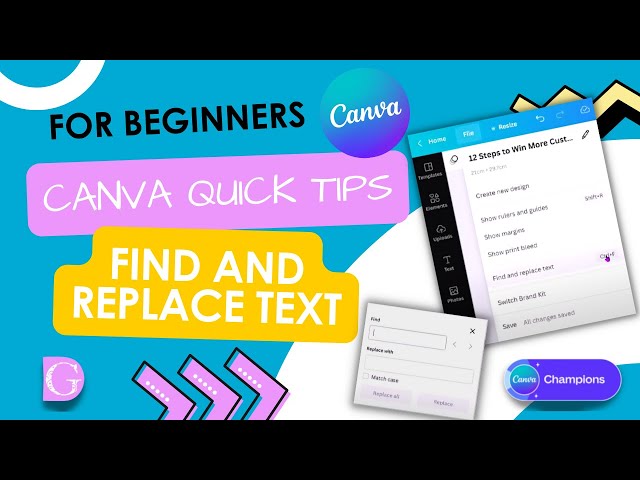
- (Asterisk): Matches any sequence. Example:
Find: btfinds "but", "bolt", "ballpoint". - ? (Question Mark): Matches any single character. Example:
Find: t?pfinds "tip", "tap", "top". - [ ] (Character Set): Matches one character within the brackets. Example:
Find: m[ae]tfinds "mat", "met". - [! ] (Excluded Characters): Matches any single character not in the brackets. Example:
Find: b[!a]dfinds "bed", "bid" but not "bad". - {n} (Exact Occurrences): Finds the previous character/item exactly n times. Example:
Find: ro{2}dfinds "rood" but not "rod".
Target Formatting
- Leave text fields blank.
- Click Format > Font/Paragraph in either field.
- Find all text with a specific format, or replace formats regardless of text content.
Replace Special Characters
Use Special button codes:
- ^p: Paragraph Mark (Use to replace line breaks)
- ^t: Tab Character
- : Any single character (if wildcards OFF)
- : Any digit
- : Any letter
Example: Replace ^p^p (double paragraph marks) with ^p to remove excessive spacing.
Essential Precautions
- Always review results before using "Replace All" on major changes. Use "Find Next" first.
- Test complex wildcard patterns incrementally.
- Notice "Match case" and "Find whole words only" options to refine searches.

